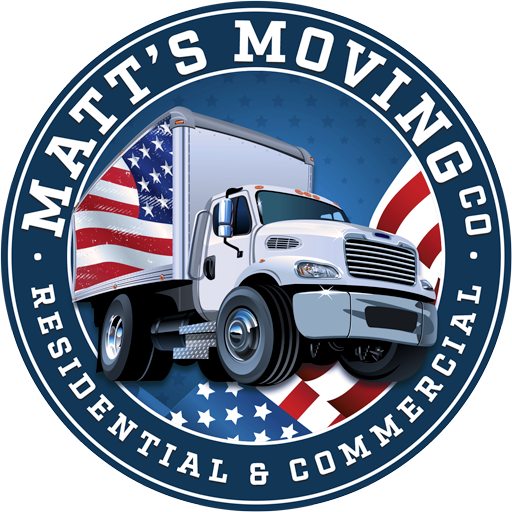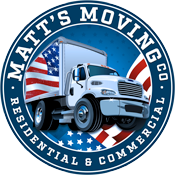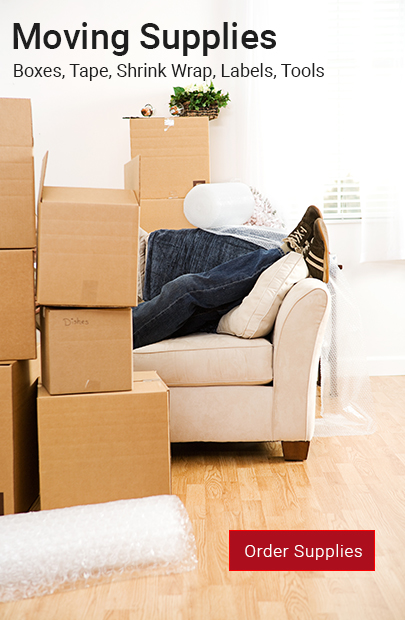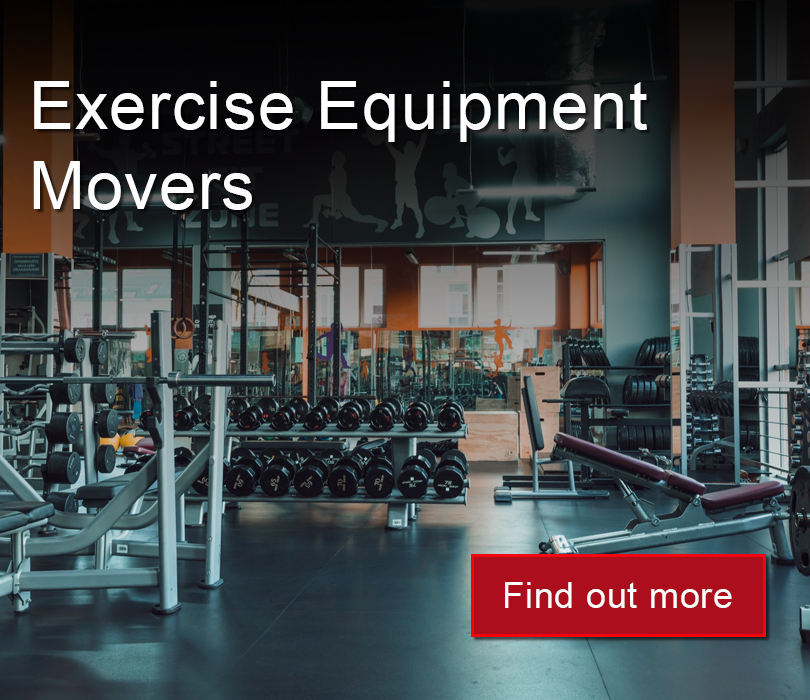Moving can be stressful and expensive, but it doesn’t have to be that way. With the right tips and tricks, you can make your next move a breeze without breaking the bank.
1. What is a Moving on a Budget?
A moving budget is an essential tool when planning a move. It helps you prepare for all of the necessary expenses associated with a move, as well as any potential surprises or unexpected costs.
Your budget should include the cost of the following:
- insurance
- fuel costs
- hiring professional movers
- packing supplies and materials
- storage fees
- taxes
- tips
- tolls
You should factor in the cost of living at your new location; this will help you set realistic savings goals for yourself.
Sticking to a tight budget helps ensure that you don’t end up spending more than necessary on your next move. A budgeting app like Mint can be useful to keep an eye on where money is spent-which can help you save for your upcoming move.
If you have any bulky or heavy furniture that needs to be moved (or if certain specialty items need extra care), make sure to add those costs to your budget as well. By creating a thorough moving budget ahead of time, you can avoid breaking the bank on your next move!
2. Determine your Priorities
Before you start packing, take the time to think about what is most important to you. Is it being close to work, having more space, living in a certain neighborhood, or having access to great schools?
Consider your lifestyle, personal preferences, and priorities when making decisions about your move. This will help you allocate your resources such as time, money and energy accordingly, and ensure that the move meets your needs and expectations.
Having clear priorities will also help you make informed decisions throughout the moving process, and help you stay focused on what truly matters to you.
3. Research Professional Movers
When it comes to moving on a limited moving budget, one of the most important steps is researching professional movers. Taking the time to do this upfront can save you quite a bit of money in the long run, allowing you to compare prices and services between companies.
Researching reviews and ratings can help ensure that you hire a reputable company with good customer service.
When researching professional movers, it’s also important to consider any additional fees such as fuel surcharges or travel expenses. Ask about any discounts for paying upfront or for scheduling an off-peak move.
Make sure that any company quotes are given by the movers are in writing – this will help protect you from unexpected charges later on down the line.
When it comes to finding the best deal on the move, comparing prices and services between companies is essential. This process can help you get an idea of what each company offers and determine which company may be best suited for your needs.
After comparing all of the available options, read online reviews for each moving company to ensure that they have good customer service and are reliable.
Remember that some companies may offer lower prices but provide poor service, so it’s important to read reviews carefully before making your final decision.
Taking the time to compare prices and services between different companies is essential when trying to find the best deal on your move. Doing this and browsing reviews upfront can save you money in the long run and ensure that your belongings arrive safely at their destination.
4. Look for Moving Company Discounts and Deals
Finding discounts and deals on a move can be a great way to save money. To start, try looking for coupons or promotions from your moving company. Companies often offer discounts for larger moves or additional services such as packing and unpacking.
You may also want to look into any loyalty programs that the company offers that could potentially provide further savings on your move. Often when moving when it is not a peak time for the moving company can save you money.
Many businesses will be willing to work with movers if they know they are bringing business into their area. Local charities may also be able to help you with discounted moving services and donations of items you may need during your move, such as boxes or packing supplies.
Don’t forget about online resources like Groupon, Living Social, and Yelp Deals for potential discounts and deals on a move. These sites often have exclusive offers from local businesses that can be used towards a move-in service or discounted prices on professional movers.
Taking advantage of discounts and deals can help make your move more affordable while providing quality service. With some research upfront, you can find ways to save money without sacrificing quality when it comes time to relocate.
5. Read Reviews of Moving Companies from Previous Customers
When it comes to finding a reliable and trustworthy moving company, reading reviews from previous customers is essential. Reviews can provide insight into the quality of services offered different companies provide and help you make an informed decision when selecting a mover.
Most online review sites will have ratings for each company and comments from customers about their experiences. It’s important to read all of the positive and negative reviews to get a good overall picture of what type of service each company provides.
Look for any patterns in the reviews that may give you further insight into particular strengths or weaknesses of different companies.
If many customers mention how quickly movers were able to complete their move or how efficient they were with packing boxes, this could be an indication that speed and efficiency are two traits this company is known for.
Reading reviews can also point out potential problems you should watch out for when dealing with a specific moving company. If multiple people complain about hidden fees, broken furniture, or poor customer service,, you should consider these red flags before hiring them.
6. Keep receipts and track your expenses
Keeping receipts and tracking expenses are important aspects of moving, as they help you stay on track with your budget. Moving can be expensive, and it is important to have a clear idea of the expenses you will incur throughout the process.
Tracking your expenses can help you identify areas where you can save money, and ensure that you stay within your budget. This means keeping track of all the costs associated with your move, including moving truck rentals, packing supplies, insurance, fuel costs, storage fees, and any other expenses related to the move.
By keeping track of your expenses, you can identify areas where you may be overspending and make changes accordingly. You can also use the information you gather to negotiate with service providers for better rates or to make adjustments to your moving plan.
Staying organized is also essential when moving homes, and keeping receipts and tracking expenses can help you do so. This means having a designated place to keep all your receipts and a system for logging expenses.
7. Get Rid of Unwanted Items
Removing unwanted items is one of the most essential steps in moving on a budget. By removing these items, you can save money on space and make some extra cash.
It’s important to decide what items are considered “unwanted” and which ones should be kept for your move. Unwanted or unneeded items can include:
- include heavy items such as furniture
- appliances
- clothing
- books
There are several ways to dispose of unwanted items during your move. Holding a garage sale or yard sale is one of the easiest and most profitable ways to do this.
Getting rid of any unwanted items before your move will help keep costs low and may even provide extra funds that can be put towards other expenses associated with moving, such as packing supplies or professional movers.
Making the conscious decision to get rid of any unwanted items before you move will save you money and help you earn some extra cash.
Have a Garage Sale or Yard Sale
Having a garage sale or yard sale is a great way to make some extra money while also getting rid of unwanted items before moving. Many people mistakenly believe that a yard sale requires setting up individual tables and having items spread out across the lawn, but this isn’t necessarily the case.
In most instances, you can organize your items into boxes or piles in your driveway or on your front lawn. This will make it easier for potential buyers to see what items you have and find something that interests them.
If you’re selling larger items like furniture, it’s important to consider how much time and energy it may take for customers to pick up their purchases from your home. That’s why it’s always best to let potential buyers know ahead of time if they need help loading bulky items into their vehicle.
Use Facebook Marketplace or Craigslist to Sell Items Quickly
Facebook Marketplace and / or Craigslist is a great resource for those looking to sell items quickly before moving day. Thanks to its massive user base, getting the word out about your items for sale and finding potential buyers quickly is easy!
When using Facebook Marketplace, be sure to take clear pictures of the items you’re selling, provide accurate descriptions, and list competitive prices. You can also offer discounts for multiple-item purchases or bundle deals if you have related items.
It’s important to remember safety when arranging pickup times with buyers. If possible, try to meet in a public place such as a grocery store parking lot or coffee shop. It’s also best practice to let someone know where you’re going and when you plan on returning home.
Remember that Facebook Marketplace charges fees for transactions conducted through their platform. Be sure to factor this into your selling price so you can still make a profit after all the fees are accounted for.
8. Select Affordable Packing Supplies
Packing up your home for a move can be daunting, especially if you’re on a budget.
To help keep costs down, select affordable moving supplies that will get the job done without leaving you out of pocket.
Start by using items from around your home for packing. Reuse paper towels, toilet paper, or newspapers to wrap fragile items and use miscellaneous items like clothes and soft toys to fill in any gaps in boxes that contain heavier items.
You can also look to liquor stores or Craigslist for used moving boxes at a much lower cost than brand-new ones bought from the store. If you’re on an even tighter budget, ask family and friends if they have any extra supplies they do not need.
By opting for more affordable packing materials, you’ll be able to save money on your upcoming move without compromising on quality or safety when transporting your belongings.
9. Pack Yourself
Pack items yourself to save money on your next move. This can be done by taking the time to sort and pack items into boxes or bags. Start with larger items such as appliances and electronics first.
Move onto smaller objects like clothing, dishes, and books afterward. Make sure you label each box or bag clearly so that you know where everything needs to go when it comes time to unpack in your new home. Pack lightweight items such as clothes and kitchenware in reusable grocery bags or trash bags instead of boxes.
Consider putting heavier items on the bottom of each box or bag and lighter items on top; avoid over-packing a single box or bag too much – it can be difficult or dangerous to carry if it’s too heavy!
Packing yourself may seem like a lot of work, but it can help you save money while ensuring all your belongings are securely transported during the move.
10. Take Advantage of Tax Deductions
Relocation costs can add up quickly, but if you are moving for work, you may be eligible for tax deductions on certain costs. The Internal Revenue Service (IRS) allows qualified expenses incurred when moving to a new home related to your job to be deducted from your taxable income.
For example, taxpayers who meet specific requirements may be able to deduct the cost of transportation and lodging and the cost of packing, shipping, and insuring their household items.
Specific eligibility requirements to claim these tax deductions include distance tests, time tests, and job tests.
The distance test requires that the new job must be more than 50 miles farther away than the previous workplace was from the individual’s former home.
The time test requires the taxpayer to work full-time for at least 39 weeks in the first year at the new job location.
The job test requires the job to be in the same industry or a related field as the previous job.
While tax deductions may not completely offset all moving expenses, every little bit helps when trying to keep your moving costs down. It is important to save all receipts related to moving expenses and consult with a tax professional to ensure that you meet the eligibility criteria and are claiming the deductions properly.
If you are looking for affordable movers in the Minneapolis and Saint Paul area reach out to Matt’s Moving for a free estimate.
















